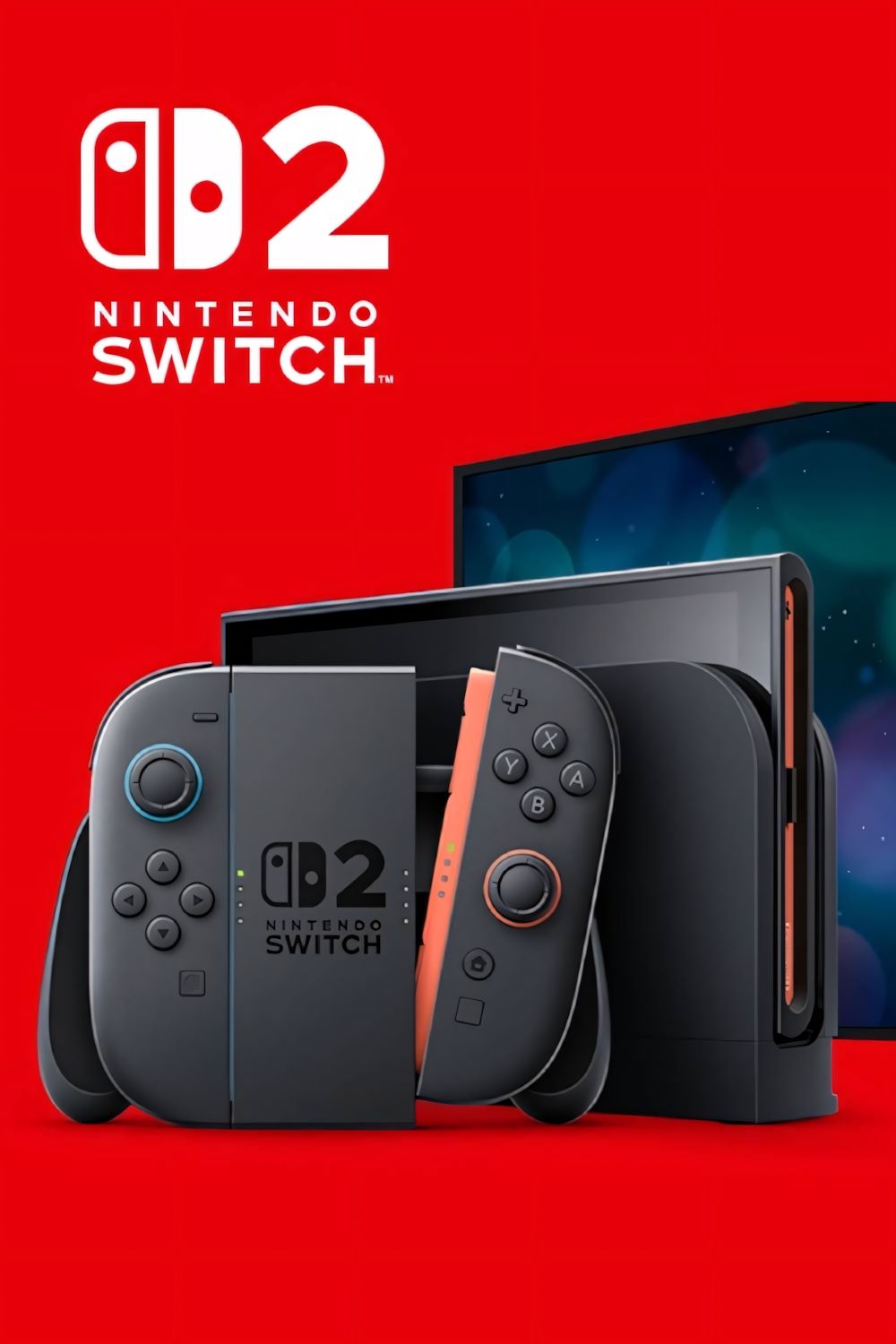
The Nintendo Switch 2’s variable refresh rate (VRR) capability has become a topic of confusion since the console’s announcement. Users have recently uncovered that while the Switch 2 dock supports VRR, it strangely doesn’t function with the Nintendo Switch 2 itself.
VRR stands for variable refresh rate, a feature designed to eliminate screen tearing. Screen tearing occurs when the refresh rate of a monitor or TV does not align with the frame rate of the game, disrupting the gaming experience. Players were excited to learn that the Switch 2 could utilize VRR, but Nintendo soon backtracked on its claim that the Switch 2 could support VRR while connected to the dock.
In recent tests by Sean Hollister at The Verge, it was confirmed that if another device is plugged into the Switch 2 dock, VRR works as expected. The tests included devices like the Steam Deck, which showed flawless performance, and others like the Lenovo Legion Go S and ASUS ROG Ally X, which also utilized VRR successfully while docked.
Why Doesn’t the Switch 2 Use VRR While Docked When Other Systems Can?
Nintendo has yet to provide an official reason for the discrepancy between VRR functionality in handheld mode versus docked operation, especially since other devices work perfectly when connected to the dock. Initially promoting the Switch 2’s ability to use VRR while docked and later retracting the claim may indicate a serious issue in technology implementation. To avoid launching a console with this flaw, it could be more sensible for Nintendo to disable the feature entirely until a proper solution is found.
Currently, Switch 2 owners are left without VRR capabilities while docked, but the hardware’s potential may offer hope for future updates. Meanwhile, players utilizing the dock with other handheld systems can take advantage of the VRR capabilities, ensuring some utility remains.
